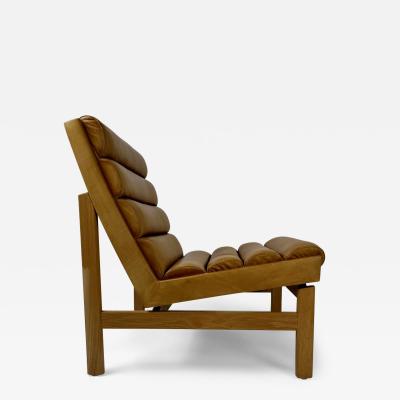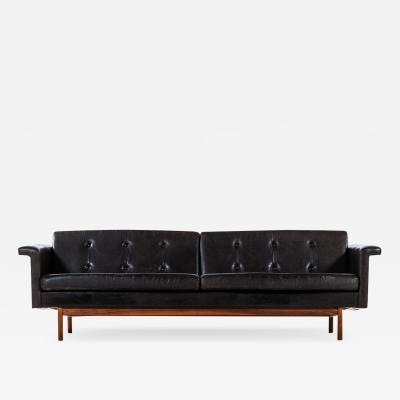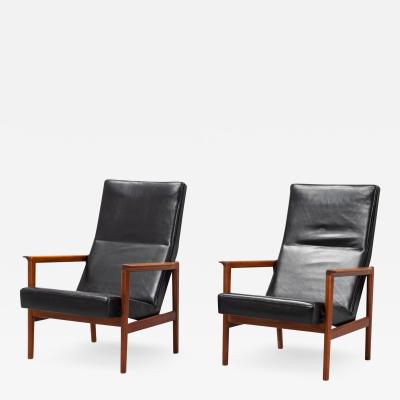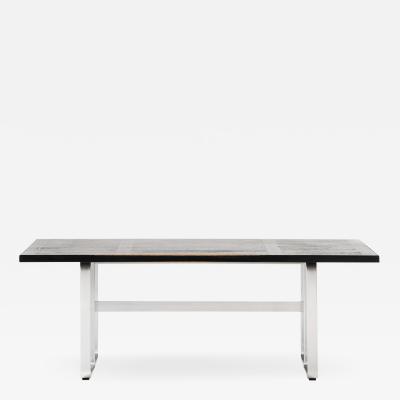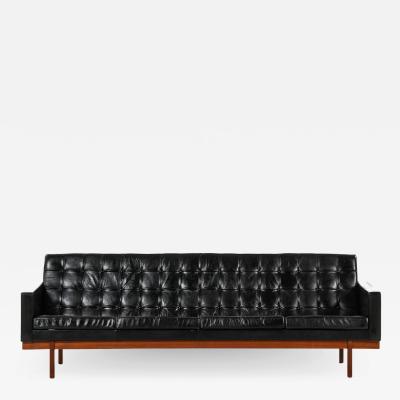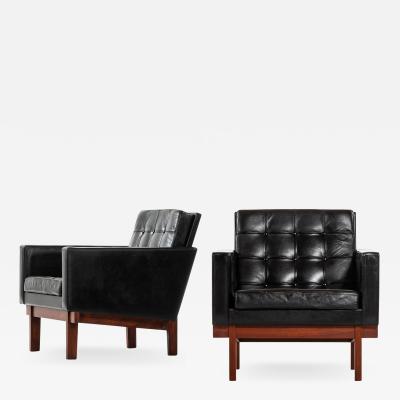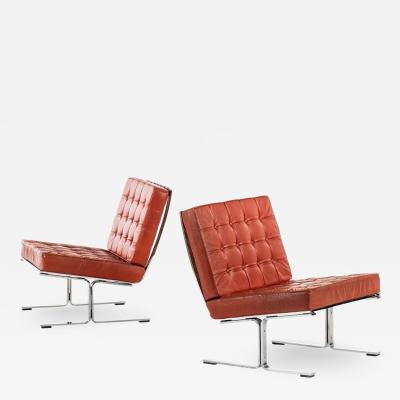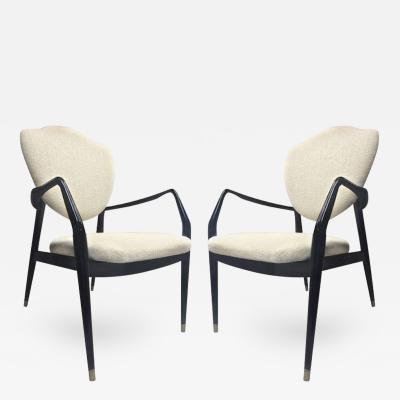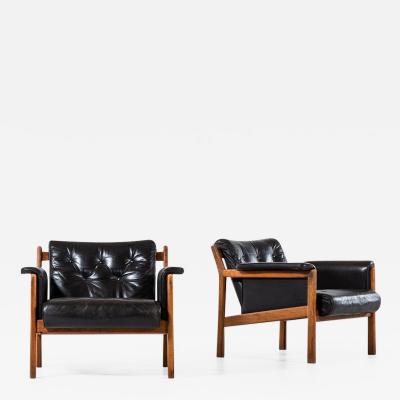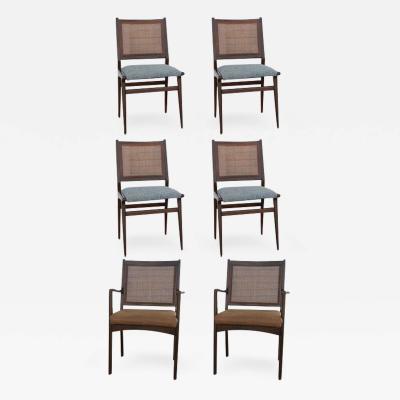Karl Erik Ekselius
Swedish, 1914 - 1998
Karl Erik Ekselius was a Swedish furniture designer and architect, born in 1917 and passed away in 1998. He is considered one of the most important figures in Swedish design in the post-war era.
Ekselius studied architecture at the Royal Institute of Technology in Stockholm and established his own architectural practice in the 1940s. In the 1950s, he began designing furniture, primarily chairs and sofas, with a focus on clean lines and modernist forms. His designs were often characterized by their innovative use of materials, such as bentwood and steel, and their sculptural quality.
Ekselius is perhaps best known for his iconic chair, the "Jetson Chair", which was designed in 1958 and has become a symbol of Swedish mid-century modern design. The chair features a streamlined form with a curved backrest and angular armrests, and has been produced by a number of manufacturers over the years.
In addition to his work in furniture design, Ekselius was also involved in urban planning and architecture. He designed a number of public buildings in Sweden, including the embassy building in Tehran, Iran.
Ekselius' work has been exhibited in museums and galleries around the world, and he is considered a key figure in the development of Swedish modernist design.
Ekselius studied architecture at the Royal Institute of Technology in Stockholm and established his own architectural practice in the 1940s. In the 1950s, he began designing furniture, primarily chairs and sofas, with a focus on clean lines and modernist forms. His designs were often characterized by their innovative use of materials, such as bentwood and steel, and their sculptural quality.
Ekselius is perhaps best known for his iconic chair, the "Jetson Chair", which was designed in 1958 and has become a symbol of Swedish mid-century modern design. The chair features a streamlined form with a curved backrest and angular armrests, and has been produced by a number of manufacturers over the years.
In addition to his work in furniture design, Ekselius was also involved in urban planning and architecture. He designed a number of public buildings in Sweden, including the embassy building in Tehran, Iran.
Ekselius' work has been exhibited in museums and galleries around the world, and he is considered a key figure in the development of Swedish modernist design.
Karl Erik Ekselius
1960's Teak Dining Table Designed By Karl-Erik Ekselius For JOV With 3 Leaves
H 28 in W 97 in D 51 in
$ 6,500
Access Trade Price
Karl Erik Ekselius
Mid-Century Modern Swedish Oak & Cognac Leather Lounge Chair by K. E. Ekselius
H 31.5 in W 23.62 in D 29.53 in
$ 4,380
Access Trade Price
Karl Erik Ekselius
Swedish Midcentury Rosewood Coffee Table by Karl-Erik Ekselius for JOC
H 18.9 in W 35.43 in D 35.43 in
$ 1,500
Access Trade Price
Karl Erik Ekselius
Karl-Erik Ekselius Sofa Produced by JOC in Vetlanda, Sweden
H 27.56 in W 90.55 in D 32.68 in
Karl Erik Ekselius
Pair Karl-Erik Ekselius Mid-Century Black Leather Lounge Chairs
H 39 in W 27 in D 28 in
Karl Erik Ekselius
Karl-Erik Ekselius Rare Pair of R Black Lacquered Chairs Covered in Alpaca Cloth
H 33.07 in W 31.5 in D 29.13 in
Request Price
Karl Erik Ekselius
Karl-Erik Ekselius Easy Chairs Produced by JOC in Vetlanda, Sweden
H 27.17 in W 32.68 in D 32.68 in
Karl Erik Ekselius
Set of 6 Swedish Dining Chairs Attributed to Karl Erik Ekselius in Teak and Cane
H 33 in W 23 in D 21 in
$ 4,900
